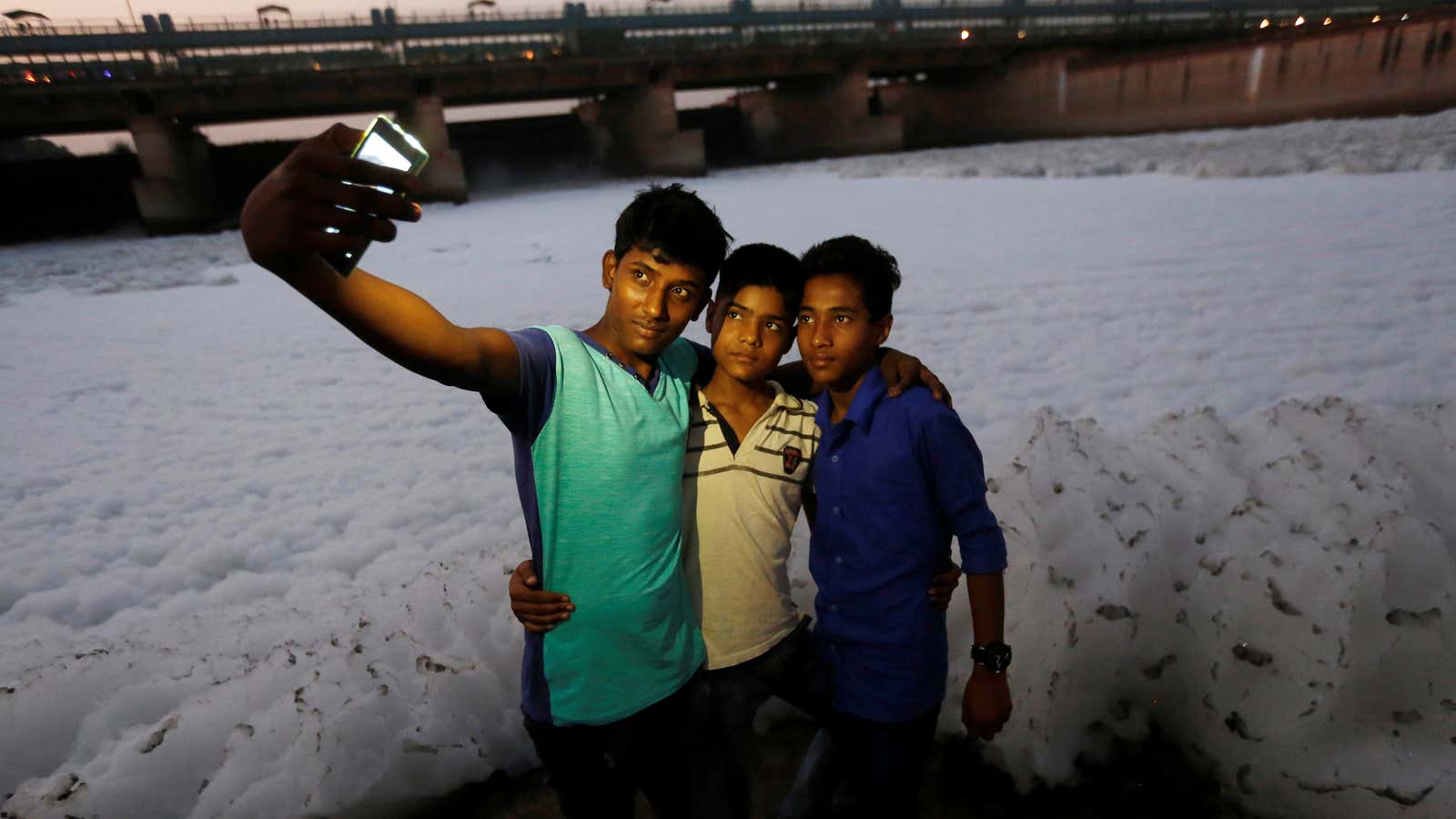When the Indian government banned TikTok on June 29, hundreds of thousands of Indian content creators had the rug pulled out from under their feet.
The number of Indian TikTok influencers—those with more than a thousand followers on the short-form video platform—was only second to those from the US, according to a July 11 report by social media analytics firm HypeAuditor.
Of the over 3.1 million TikTok influencers that HypeAuditor analysed, more than 241,000 hailed from India.
Over 12% of Indian influencers had upwards of 100,000 followers on TikTok, which means they could collaborate with brands and get paid for advertising.
“The app is a source of livelihood for many users from divergent socioeconomic backgrounds,” HypeAuditor’s report noted.
An Indian influencer reportedly charged upwards of Rs2 lakh ($2,661) for a 15-second video, amassing a handsome monthly income.
“On the creator side, the impact will be more substantial and devastating,” said Ankit Agarwal, founder of influencer marketing firm Do Your Thng. “While most creators are savvy enough to diversify to other platforms, there will be few who stand to lose their entire body of work.”
The Bytedance-owned video-sharing app had upwards of 200 million users in India. But even beyond the strength in numbers, its greatest asset was that it managed to keep users in the country hooked. The engagement rate of Indian TikTok influencers was 6% higher than the average worldwide engagement rate, HypeAuditor found.
Loyal Indian influencers are still holding out hope for TikTok’s return. The Beijing-headquartered firm, along with the 58 other apps banned by the Indian government, has been given a list of 79 questions. If they don’t reply by July 22, this ban may become permanent, the Indian authorities have warned.
Meanwhile, a string of homegrown apps are trying to ape the wildly popular app to replace it—but with little luck.
